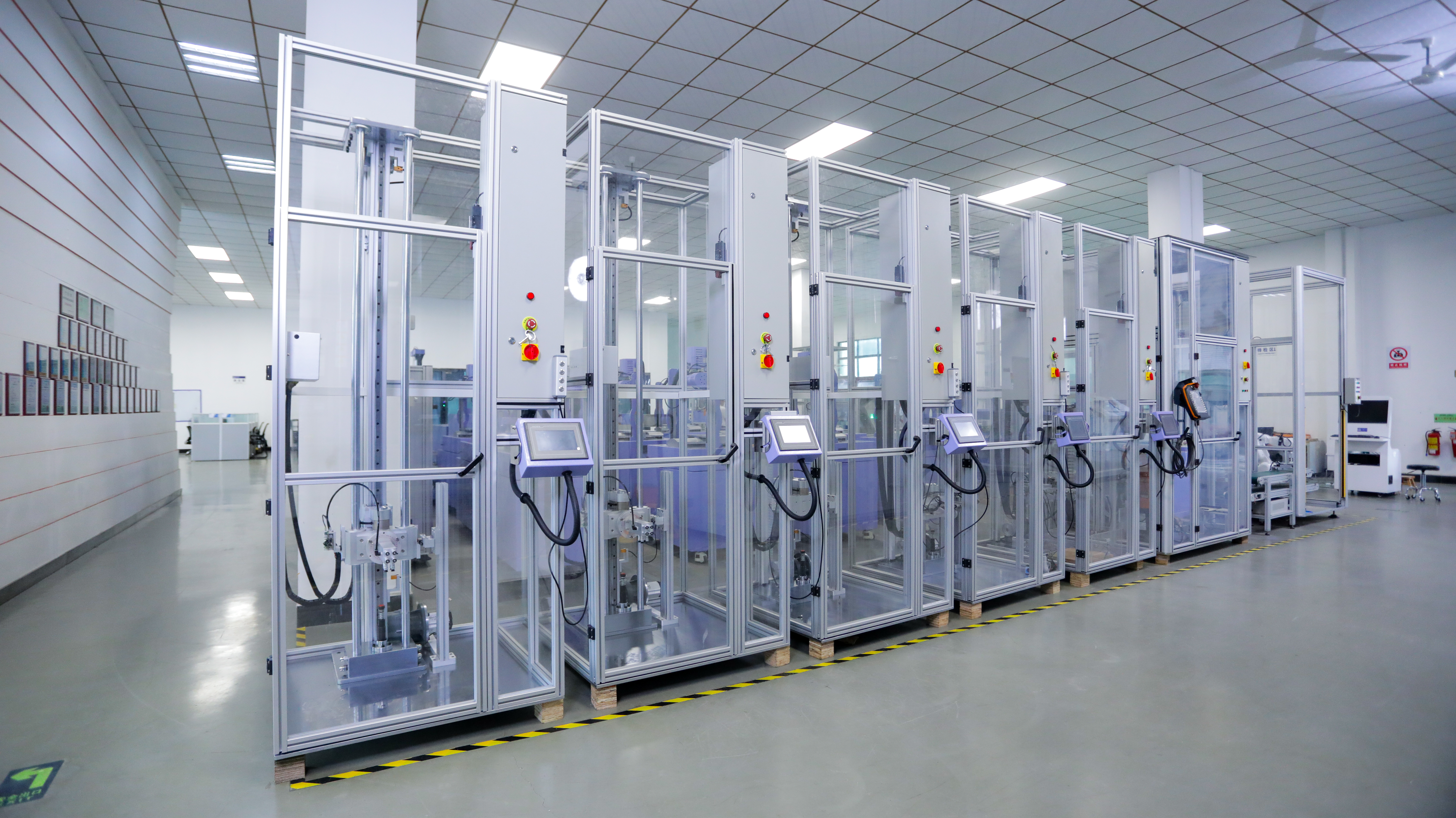Microbial Testing Equipment:
- Biosafety Cabinet: Provides a sterile working space to protect operators and the environment from microbial contamination, useful for procedures like microbial inoculation in cosmetics.
- Autoclave: Used for high-pressure sterilization of laboratory utensils, media, etc., to eliminate microorganisms and ensure sterile conditions for experiment supplies.
- Incubator: Maintains a constant temperature suitable for growing bacteria, molds, and yeasts, crucial for microbial culture.
- Mold Incubator: Specifically designed for mold cultivation, with precise control of temperature and humidity to optimize mold growth.
- Colony Counter: Enables rapid and accurate counting of microbial colonies in petri dishes, improving efficiency and precision.
- Microscope: Includes optical and electron microscopes to observe microbial morphology, structure, and species.
- Bacterial Counter: Quickly detects the level of microbial contamination in cosmetics, with advanced models capable of classifying and quantifying microorganisms.
Physical and Chemical Testing Equipment:
- pH Meter: Accurately measures the pH of cosmetics to ensure it meets product standards and safety requirements.
- Viscometer: Measures the viscosity of cosmetics, evaluating their flow properties and texture to ensure stability during storage and use.
- Refractometer: Measures the refractive index of cosmetics to help determine the composition and concentration, particularly in products containing oils.
- Color Difference Meter: Quantifies color parameters to ensure the accuracy and consistency of product color across batches.
- High-Performance Liquid Chromatograph (HPLC): Separates and quantifies non-volatile organic components in cosmetics, such as active ingredients, preservatives, pigments, and hormones.
- Gas Chromatograph (GC): Analyzes volatile organic components in cosmetics, such as fragrances and solvents.
- Gas Chromatograph-Mass Spectrometer (GC-MS): Combines the separation capability of GC with the identification power of mass spectrometry, offering precise analysis of volatile components in cosmetics.
- Atomic Absorption Spectrometer (AAS): Detects heavy metal elements like lead, mercury, cadmium, and arsenic in cosmetics.
- Atomic Fluorescence Spectrometer (AFS): Another tool for detecting heavy metals, offering high sensitivity for elements like mercury and arsenic.
- Fourier Transform Infrared Spectrometer (FTIR): Analyzes organic components by detecting absorption, scattering, and transmission of infrared light, aiding in the identification of chemical bonds and functional groups.
- Ultraviolet-Visible Spectrophotometer (UV-Vis): Measures the absorption of UV and visible light to determine the concentration of certain ingredients and analyze compounds with conjugated double bonds.
- Particle Size Analyzer: Measures the size and distribution of particles in cosmetics, important for quality control in emulsions, suspensions, etc.
Other Testing Equipment:
- Constant Temperature Ultrasonic Water Bath: Used for sample pre-treatment, such as dissolution or extraction, accelerating processes through ultrasonic action.
- Diaphragm Vacuum Pump: Used in conjunction with other equipment to create a vacuum environment for operations like filtration and extraction.
- Solvent Filter: Filters impurities and particles from sample solutions, ensuring purity for analyses like liquid chromatography.
- Analytical Balance: High-precision balance for weighing cosmetics and reagents with extreme accuracy, often up to 0.0001g or higher.
- Vortex Mixer: Quickly and evenly mixes sample solutions to ensure thorough mixing of components, often used in sample preparation and during experiments.
- Centrifuge: Separates solid particles or different density liquid components from samples, commonly used to isolate precipitates or supernatants.
- Rheometer: Beyond viscosity, it also measures the rheological properties of cosmetics, such as elasticity and plasticity, crucial for formulation design and quality control.
Products Available from ITM-LAB:
-
Paper Packaging Series:
- A. Cosmetics cartons must withstand the pressure from stacked boxes during storage and transport. Testing the compressive strength of packaging under stacking conditions is essential.
- B. Products may be affected by vibration during transport. Simulating transport vibrations using devices like the automotive vibration simulator can help assess product reliability under such conditions.
- C. Testing the drop resistance of products, especially during handling or usage. Equipment like the single-wing drop tester tests product durability by simulating drops from various heights, including free fall tests on the edges, corners, and faces of packaged or unpackaged products.
-
Tensile Testing Machine:
- Pressure-sensitive adhesive labels are commonly used in cosmetic packaging. The machine tests adhesion performance, including initial tack, peel strength, and bond strength. The tensile testing machine measures peel strength by attaching the label sample to a test plate, pre-peeling the label, and then measuring the force required to peel it off.
-
Salt Spray Chamber:
- Products exposed to marine air or mist during sea transport or coastal use are prone to corrosion. The salt spray chamber tests the corrosion resistance of various materials, including coatings, electroplating, and anti-corrosion treatments.
-
- The impact resistance of packaging materials is critical to prevent surface damage during transportation. The impact tester ensures that packaging materials can withstand impact forces without breaking.
-
Thermal Chamber:
- Simulates the effects of external temperature changes on cosmetics to assess product stability.
-
Xenon Lamp Tester:
- The xenon lamp aging test chamber offers highly reproducible and comparable results, simulating different climate conditions to test aging effects on cosmetics. It helps identify product defects, chemical changes, and evaluates the safety and performance of finished products, which is crucial for ensuring product quality and safety。


